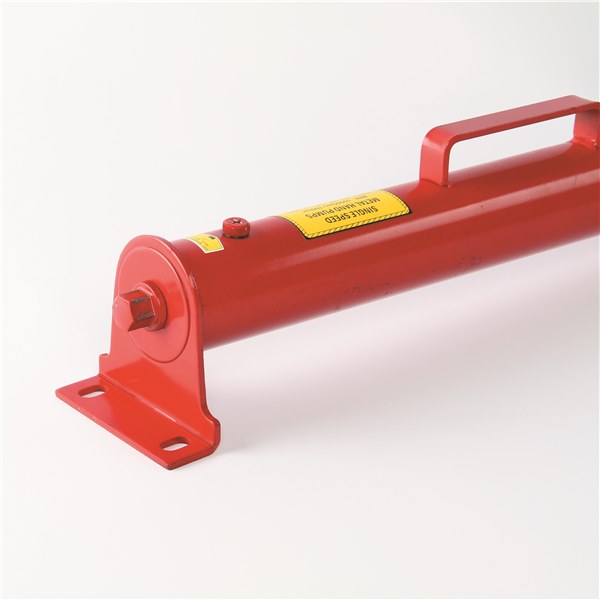

Sulfation may occur without equalizing charge. Slow charge time capacity readings may be inconsistent and declining with each cycle. Higher and more consistent capacity readings less sulfation. Maximum service life battery stays cool charge temperature can exceed 30☌ (86☏). Table 2 compares the advantages and limitations of various peak voltage settings. If this is not possible, it is better to choose a lower voltage for safety reasons. Establishing 25☌ (77☏) as the midpoint, the charge voltage should be reduced by 3mV per cell for every degree above 25☌ and increased by 3mV per cell for every degree below 25☌. The charge temperature coefficient of a lead acid cell is –3mV/☌. (See BU-410: Charging at High and Low Temperatures ) Chargers exposed to temperature fluctuations include temperature sensors to adjust the charge voltage for optimum charge efficiency. A warmer ambient requires a slightly lower voltage threshold and a colder temperature prefers a higher setting. Temperature changes the voltage and this makes “dancing on the head of a pin” more difficult. This also leads to gassing and water-loss. Setting the voltage threshold is a compromise and battery experts refer to this as “dancing on the head of a pin.” On one hand, the battery wants to be fully charged to get maximum capacity and avoid sulfation on the negative plate on the other hand, over-saturation by not switching to float charge causes grid corrosion on the positive plate. The correct setting of the charge voltage limit is critical and ranges from 2.30V to 2.45V per cell. A battery with high leakage may never attain this low saturation current, and a plateau timer takes over to end the charge.
#RV CONNECTED BATTERY WRONG BLEW THE BATTERY ISOLATOR RELAY FULL#
The current begins to drop as the battery starts to saturate full charge is reached when the current decreases to 3–5 percent of the Ah rating. The switch from Stage 1 to 2 occurs seamlessly and happens when the battery reaches the set voltage limit. Float charge compensates for self-discharge that all batteries exhibit. The battery is fully charged when the current drops to a set low level. Figure 1 illustrates these three stages.įigure 1: Charge stages of a lead acid battery The float charge in the third stage maintains the battery at full charge.

If continually deprived, the battery will eventually lose the ability to accept a full charge and the performance will decrease due to sulfation. The topping charge is essential for the well-being of the battery and can be compared to a little rest after a good meal.

The constant-current charge applies the bulk of the charge and takes up roughly half of the required charge time the topping charge continues at a lower charge current and provides saturation, and the float charge compensates for the loss caused by self-discharge.ĭuring the constant-current charge, the battery charges to about 70 percent in 5–8 hours the remaining 30 percent is filled with the slower topping charge that lasts another 7–10 hours. With the CCCV method, lead acid batteries are charged in three stages, which are constant-current charge, topping charge and float charge. Lead acid is sluggish and cannot be charged as quickly as other battery systems. With higher charge currents and multi-stage charge methods, the charge time can be reduced to 8–10 hours however, without full topping charge. The charge time is 12–16 hours and up to 36–48 hours for large stationary batteries. A regulated current raises the terminal voltage until the upper charge voltage limit is reached, at which point the current drops due to saturation. The lead acid battery uses the constant current constant voltage (CCCV) charge method.


 0 kommentar(er)
0 kommentar(er)
